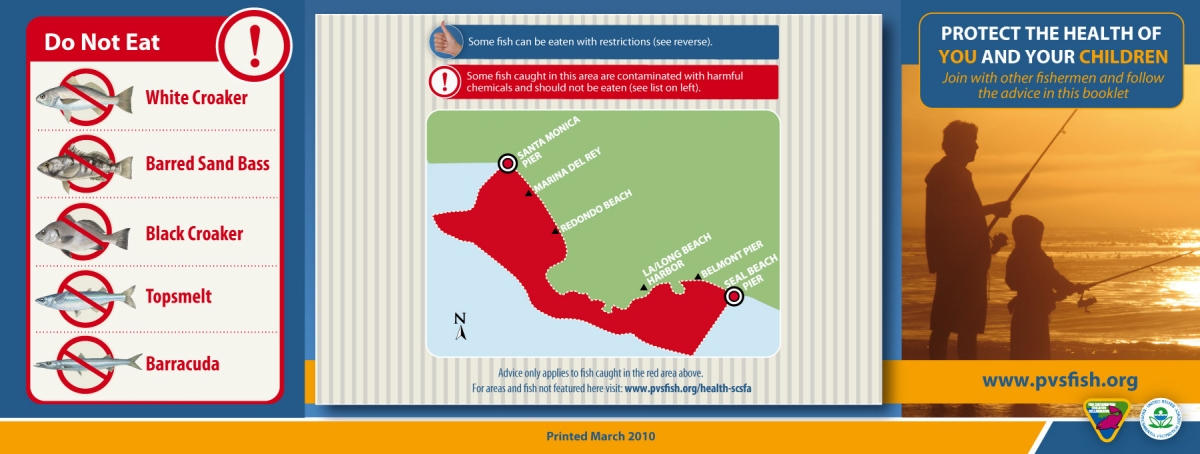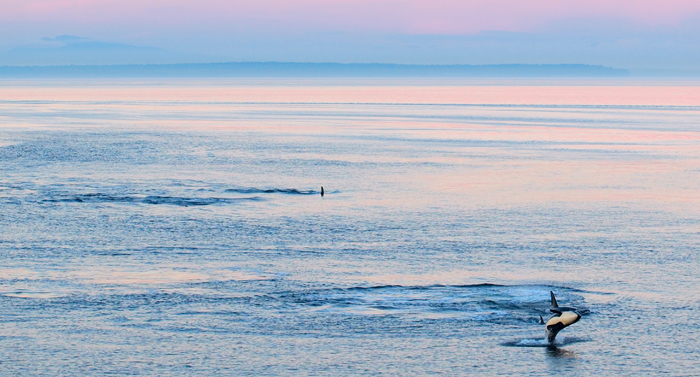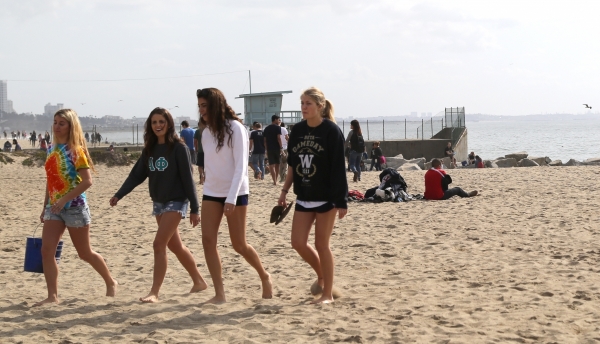How many of us know that the largest underwater Superfund site is in our own backyard? Throughout the 1940s-70s more than 100 tons of DDT and PCBs were dumped into our local waters, deposited in an area known as the Palos Verdes shelf.
But some recent tests indicate that the contamination is disappearing, without being cleaned up.
As the Environmental Protection Agency investigates the mystery of what happened to all of that industrial residue, officials decided to delay their remedying of the Palos Verdes shelf, opting instead to conduct further testing of the area.
Heal the Bay‘s James Alamillo recently took to the airwaves during KPCC’s Air Talk to discuss what should happen next.
Concerned that we continue to find an increase in the number of local fish contaminated by these chemicals, James recommends that the EPA proceed with its remediation, specifically with a limited cap of clean sediment placed on top of the toxic sediment. This cap would have a direct impact on reducing contaminate levels simply because the contamination would be buried, allowing for biological life to thrive within and above the cleaner sediment.
In the meantime, Heal the Bay’s award-winning Angler Outreach team continues to advise local fishermen and their families to avoid fishing in contaminated areas and consuming white croaker among other species.
Learn about more ways Heal the Bay is working to keep our communities healthy.

The tip sheet that Heal the Bay’s Angler Outreach team distributes to fishermen along piers throughout the Santa Monica Bay area, courteresy of the Fish Contamination Education Collaborative. Get yours today!




 More than 1,000 cleanup volunteers canvassed Will Rogers State Beach — a Nothin But Sand record!
More than 1,000 cleanup volunteers canvassed Will Rogers State Beach — a Nothin But Sand record!